Unlock the Hidden Forces Behind $9.99 Pricing—When It Still Dominates and When It Could Cost You Millions!
Ever wonder why that $9.99 price tag practically hypnotizes shoppers into thinking they’re snagging a steal — even though it’s literally just one cent less than $10? It’s weirdly fascinating how our brains are wired to obsess over the left digit, making us feel like we’re getting a deal, when in reality, the difference is barely noticeable. As someone who’s spent decades peeling back the layers on what really makes consumers tick, I can tell you this charm pricing trick isn’t just some outdated sales gimmick — it’s psychology in action, and it still packs a punch in the digital age. But here’s the catch: it doesn’t work everywhere or for everybody, especially if your brand’s chasing premium vibes, or if your audience has caught onto the game. So how do you know when to roll out the classic $9.99 or when to throw in the towel and opt for clean-dollar confidence? Let’s dig into the savvy tactics, the subtle nuances, and the psychology that turns pennies into profit without cheating your customers — or yourself. LEARN MORE

Key Takeaways
- Charm pricing ($9.99) works because of left-digit bias, perceived bargains, and retail conditioning.
- $9.99 isn’t always effective – premium or luxury products often benefit from rounded numbers.
- Other tactics like anchoring, tiered pricing, and the power of “free” can influence customer decisions.
- Small businesses should match pricing style to brand image – clean numbers suggest quality, decimals suggest deals.
- Test different approaches (A/B tests, feedback, long-term value) to find what resonates with your customers.
Pricing is one of the oldest tricks in the business book, yet it still manages to trip up even the savviest of entrepreneurs. Small business owners in particular often find themselves wrestling with a simple but powerful question: How much should I charge?
There are spreadsheets, competitor comparisons, and gut feelings. But behind all of that lies a surprisingly squishy element: human psychology. And that’s where the magic (or mischief) of $9.99 pricing comes into play.
Let’s break down why this strategy has worked for decades, when it loses its charm, and how small businesses can use pricing psychology without losing their shirts – or their customers’ trust.
Why $9.99 Still Works: The “Charm Pricing” Effect
The idea that customers see $9.99 as much cheaper than $10.00 may seem silly. After all, it’s just one penny less. But the human brain doesn’t always act rationally.
Here’s why it works:
- Left-Digit Bias – Our brains fixate on the first digit, so $9.99 feels closer to $9 than $10.
- Perceived Bargains – That penny makes the product feel like it belongs in a cheaper bracket.
- Retail Conditioning – Decades of “.99” pricing in stores have trained us to view it as a deal.
Simply put: $9.99 works because your brain loves a deal, even when the deal is imaginary.
When $9.99 Starts to Fail
Of course, like all good tricks, this one has its limits. If every small business slapped “.99” at the end of their pricing, customers would eventually catch on – and many already have.
- Premium Products Need Premium Perception – $999.99 may feel cheap in the wrong way; $1,000 signals confidence.
- Savvy Shoppers Are Wising Up – Online buyers often view clean prices as more honest.
- Too Many Decimals = Distrust – Odd prices like $12.83 can feel suspicious rather than appealing.
The Psychology Beyond Pennies
If $9.99 isn’t a universal solution, what else can small business owners try? Here are a few tactics:
- Anchoring – Customers compare prices; offering tiers nudges them toward the middle option.
- The Power of Free – Free shipping or a free add-on creates value perception.
- Odd vs. Even Pricing – Odd feels like a bargain, even feels premium.
- Price Appearance – Shorter numbers and fewer syllables make prices feel smaller.

Small Business Scenarios
- Coffee Shop – $4.99 works for competitive pricing, $5 signals premium confidence.
- Online Store – Three tiers at $29, $59, $99 encourage middle-option purchases.
- Consulting Service – Round numbers like $500 look professional, while $499.99 may feel cheap.
How to Test What Works
- A/B Testing – Try $9.99 vs. $10 and track conversions.
- Customer Feedback – Ask regulars how they perceive your pricing.
- Track Long-Term Value – Sometimes clean pricing builds more loyal customers than charm pricing.
Puns, Pennies, and Profit
At the end of the day, pricing isn’t about squeezing out every penny – it’s about shaping perception. The right price tells a story: that your product is worth buying, your service is worth trusting, and your brand is worth remembering.
So yes, $9.99 still works – but don’t let it become your entire pricing playbook. Think of it as a single instrument in your marketing orchestra. Use it where it adds harmony, skip it when it sounds flat, and remember: the real goal isn’t charm, it’s conversion.
FAQs
Is $9.99 always better than $10?
No. It works for bargain-driven products, but premium services often do better with round numbers.
Should small businesses always use .99 pricing?
Not always. Match the style to your brand – use it for deals, skip it for luxury or trust-driven offers.
Do customers really fall for this trick anymore?
Yes, many still do, but online shoppers are becoming more skeptical. Testing is essential.
Does psychological pricing work for services as well as products?
Absolutely. Consulting packages, memberships, and subscriptions can all benefit from psychological pricing cues.
How do I know which pricing style my customers prefer?
Experiment with A/B testing, surveys, and observing sales patterns to find what resonates most.

Conclusion
Small business owners don’t need to be psychologists to use psychology. A little awareness of how customers perceive numbers can go a long way. The key is balance: know when to lean on charm pricing, when to signal premium value, and when to keep things simple.
Because at the end of the day, pricing isn’t just math – it’s persuasion. And sometimes, the difference between $9.99 and $10 isn’t one cent – it’s one customer.
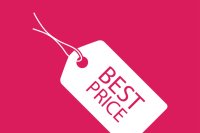

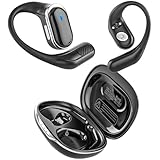
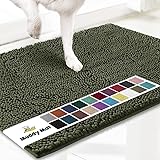
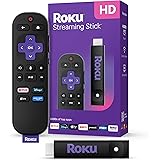

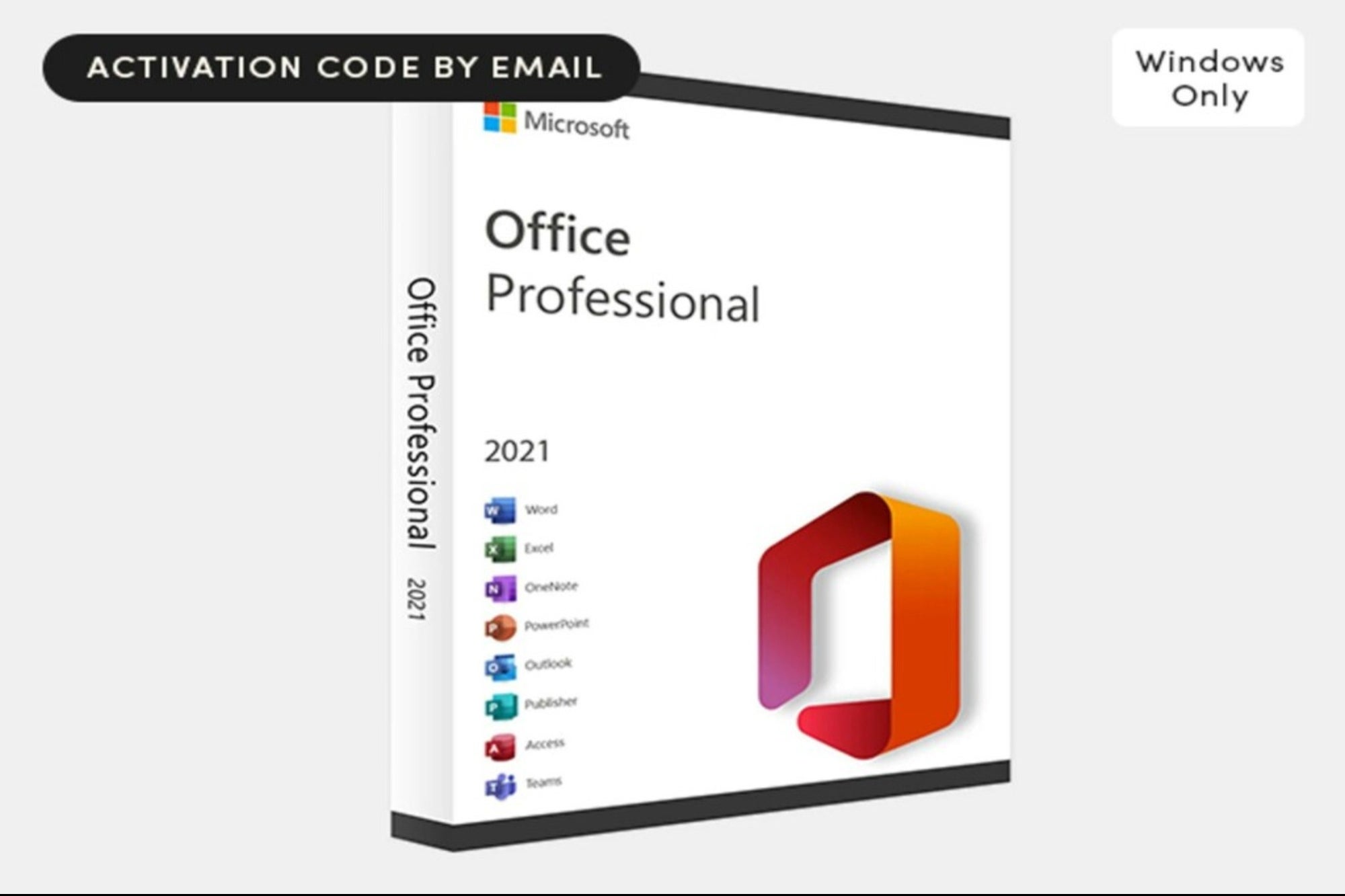

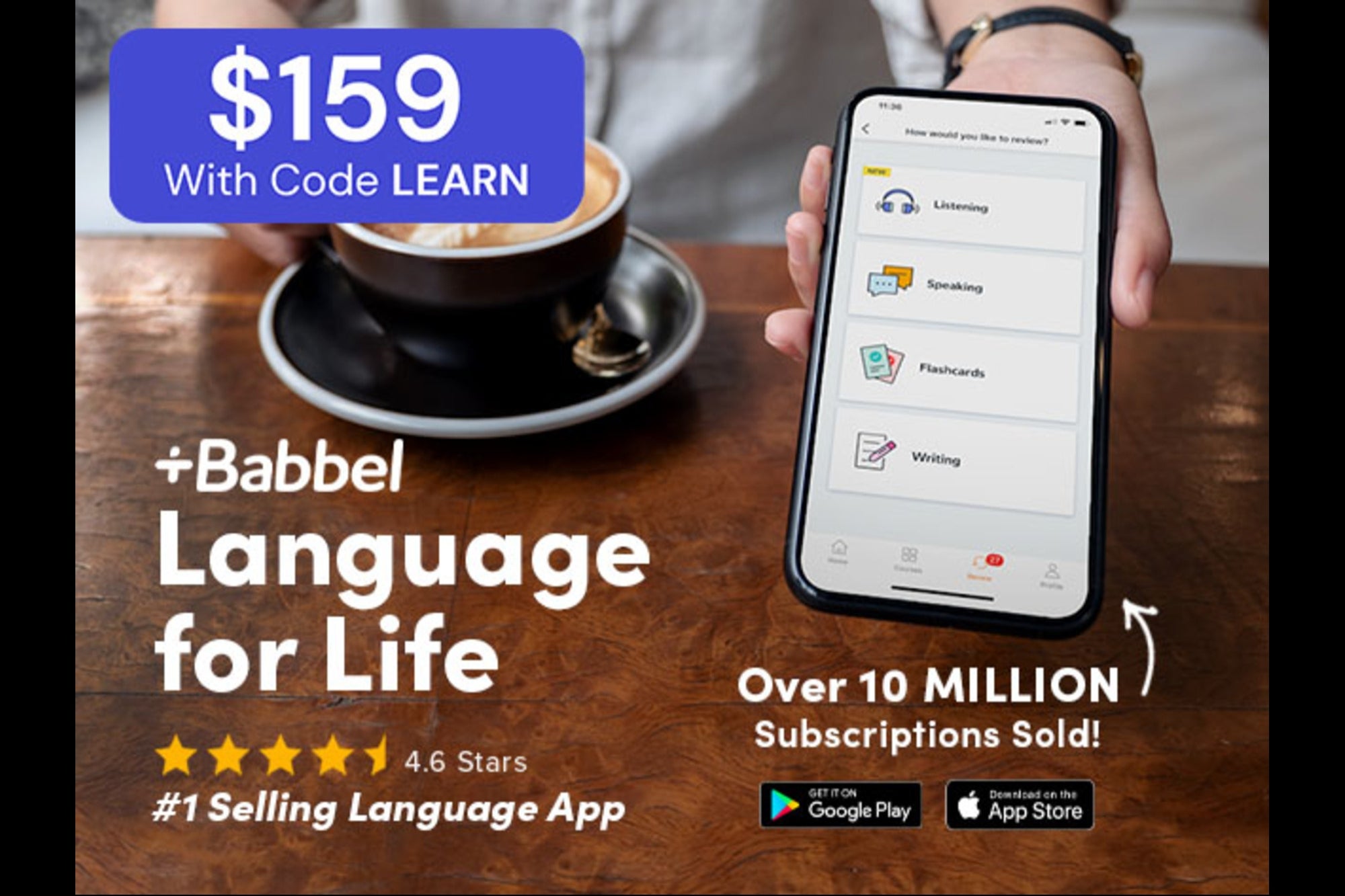











Post Comment